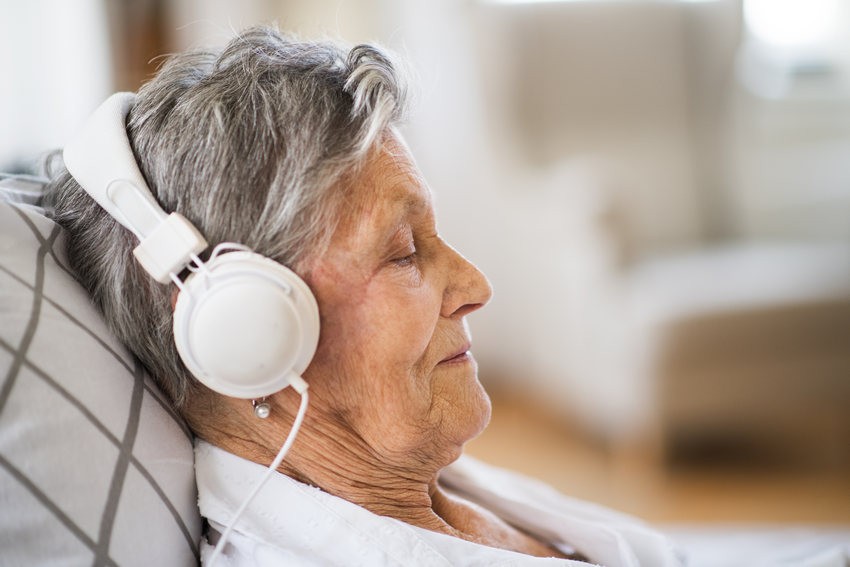
Have you ever listened to a song and found your foot instinctively tapping? Or your voice subconsciously humming?
Music is a powerful language. It reaches down into your subconscious, your soul, and pulls on your heartstrings. It has the ability to make your body feel and remember things your conscious mind might not even think of. It has the energy to make you move.
Music Therapy
Neurologists and therapists are finding that music can be a great therapeutic tool- especially for patients with dementia and Alzheimer’s. For reasons that are still being studied, music is able to conjure up past emotions and memories, even recollections that maybe have been almost forgotten.
For some dementia patients, music has the ability to heal. Immobile dementia patients have been observed making physical reactions the moment they hear music that they are familiar with. And some patients even make drastic recoveries naturally through music therapy, without the use of prescribed drugs.
Why music?
Music is processed using different parts of the brain than are otherwise used with regular verbal language. That’s why, dementia patients who may not be able to respond to verbal language, are sometimes able to effectively respond to music.
Music is also known to be a mood stimulant. Which means, that by listening to or playing the right music, you can instantly be put in a better mood. Music therapists use this knowledge to make patients a little happier, and a little more cheerful in their day to day lives.

How does music therapy work?
There are currently two forms of music therapy in practice.
The first type of music therapy involves active participation. This is where patients are given actual instruments to play and are guided to make music. The aim of active music therapy, is to exercise the multiple parts of the brain that are needed to learn and process music making.
The second type of music therapy is a more passive approach. This involves having dementia patients simply listen to music. Therapists may have them listen to recorded music, or better yet, live performances. The purpose of this exercise is to elicit emotional and physical responses from patients. Such responses could be in the form of extra physical activity, such as blinking, head bobbing, etc. Or, reduced extraneous physical movement, such as the lessening of a tremor or shake.
With both types of therapy, using familiar music genres is most effective. So, music therapists may utilize the type of music the patient grew up listening to or most enjoyed in their earlier years.
Where to sign your loved one up for music therapy
Here at Angels on Call, we can help you find easy ways to incorporate music in your loved one’s daily life. Or, we can help you work more extensively with your loved one during music therapy sessions.
Music therapy is easy and accessible to all!
So, give your loved one the gift of music, and make their life a little more exciting.



